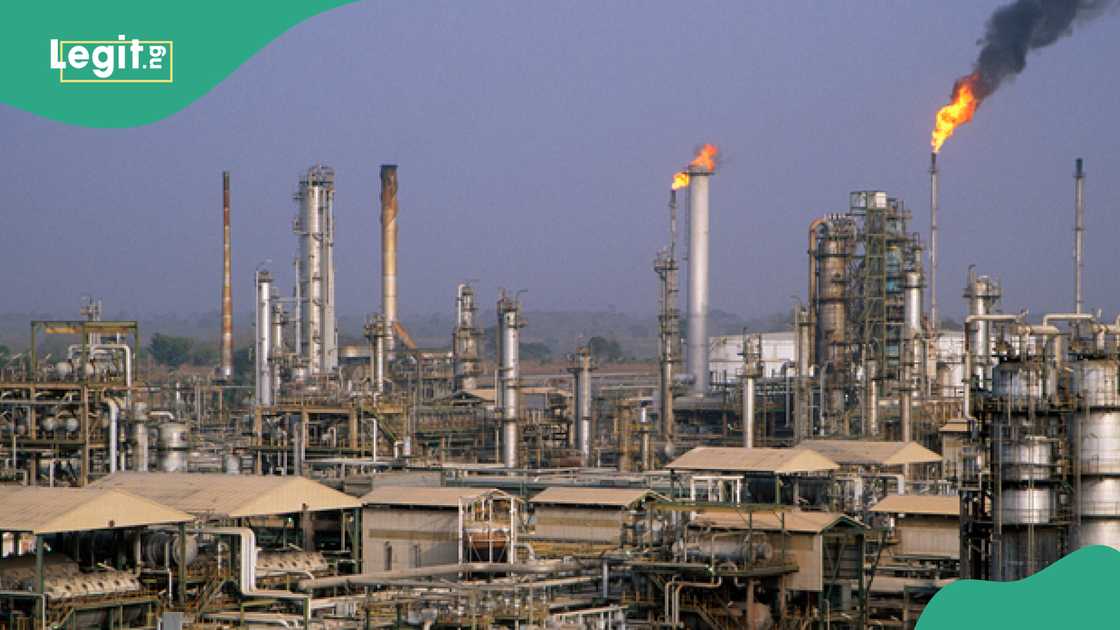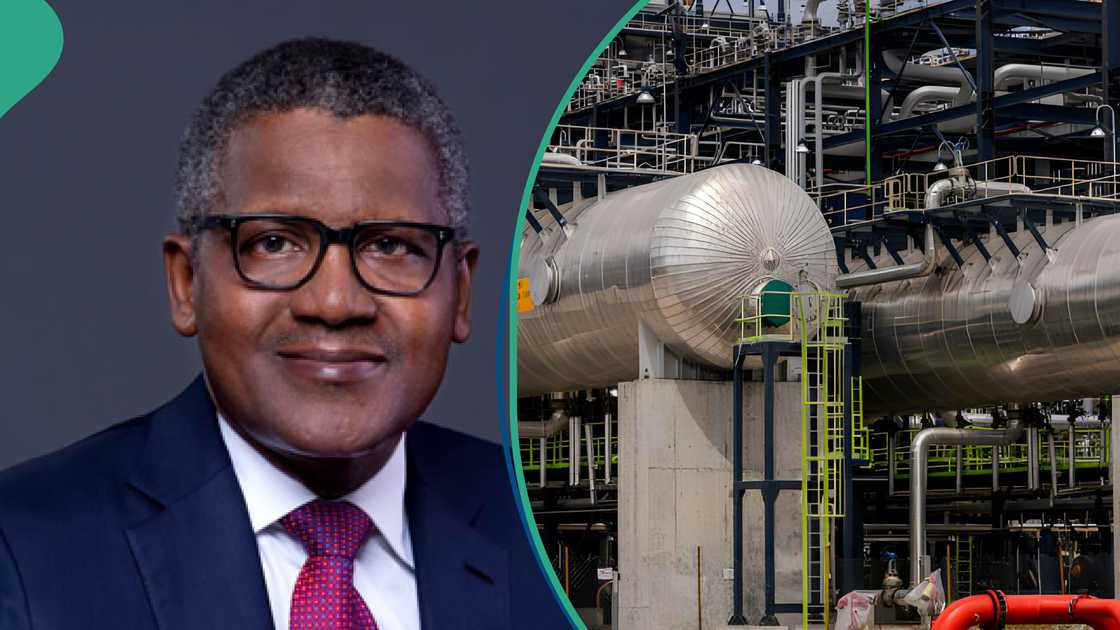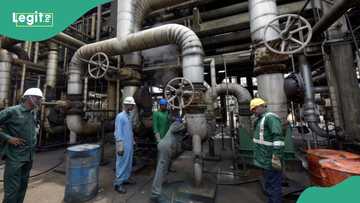Port Harcourt Refinery Listed Among Top Five Oldest Refineries in Africa
- The Port Harcourt refinery, built in 1965, has emerged as one of the oldest refineries in Africa
- The Port Harcourt refinery was recently revamped by the Nigerian National Petroleum Company Limited (NNPC) after decades of neglect
- A recent ranking disclosed that there are about top five refineries across the continent, which have helped to sustain economies
Legit.ng’s Pascal Oparada has reported on tech, energy, stocks, investment and the economy for over a decade.
As the shift toward renewable energy and green technologies continues, there is a tendency to overlook the role of oil refineries in powering Africa.
Several oil refineries built decades earlier continue to shape the energy discourse, showing deep histories of resilience and industrial growth.

Source: UGC
African refineries through the years
While many of these refineries face challenges to modernise or shut down due to age, emissions, or inefficiency, they remain essential to local supply chains.
They have withstood wars, sanctions, and market fluctuations as industrial landmarks in their respective countries.

Read also
NUPRC says crude oil theft reduced by 58.3% as FG intensifies fight against vandalism - NUPRC
However, there are the top five refineries across the continent that stand out, according to reports by Petroleumprice.ng.
Port Harcourt Refinery (Nigeria) – 1965
Nigeria’s Port Harcourt Refinery started operations in 1965 and played a major role in establishing Nigeria’s refining capacity.
The refinery was initially designed to process 35,000 barrels of crude daily, but later expanded in 1989 with a new complex, raising its capacity above 200,000.
The facility has met local fuel demand and reduced dependence on imported petroleum products.
The plant recently came back to life after decades of neglect. It remains pivotal to Nigeria’s plan to boost its refining sector.
Suez Refinery (Egypt) – 1965
The Suez Refinery was commissioned in 1965 to enhance Egypt’s energy independence. It is operated by the Suez Oil Processing Company and processes local and imported crude.
It has a 60,000 bpd-capacity built into its nameplate and is one of the eight refineries in Egypt, bringing the country’s refining capacity to 763,000 bpd.
Assab Refinery (Eritrea) – 1967
The refinery began operations in 1967, when Eritrea was still part of Ethiopia. It was built to process 18,000 bpd and supplies fuel to Ethiopia and some parts of East Africa.
The refinery has a significant impact on regional fuel security despite its small size.

Source: UGC
It, however, shut down in the late 1990s due to the Eritrea-Ethiopia war.
Dakar Refinery (Senegal) – 1963
The facility commenced operations in 1963 and quickly became one of the oldest refining plants in West Africa.
It has a capacity of 27,000 bpd and continues to meet domestic fuel demands.
According to reports, French technical partnerships helped to launch the facility, supporting Senegal’s energy security, and it is currently undergoing modernisation to meet new environmental and fuel standards.
El Brega Refinery (Libya) – 1961
Libya built the refinery in 1961, and it is located on the eastern coast. It was of North Africa’s first oil refining plants.
Reports say the Sirte Oil Company manages the refinery, which initially processed 10,000 barrels daily.
The facility has stood the test of time despite Libya’s new and larger refineries.
It marked the country’s early foray into global energy markets.
Africa’s move to competitive refining
These facilities have helped to build the foundation of Africa’s oil sector, as their long-standing presence shows industrial achievement and national resilience.
According to experts, as countries modernise, these facilities can either be revived or repurposed to meet new energy goals.
American refinery set to shut down
Legit.ng earlier reported that Valero Energy disclosed it was taking a $1.1 billion pre-tax impairment regarding its California refineries, telling state regulators that it would permanently close or restructure its San Francisco-area refinery by the end of April 2026.
The development comes as refiners face rising regulatory and cost pressures in California, the largest petrol market in the US.
The state’s emissions targets and proposed refinery transparency rules have impacted long-term investment plans.
Proofreading by James Ojo, copy editor at Legit.ng.
Source: Legit.ng




